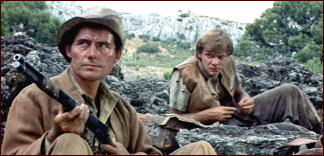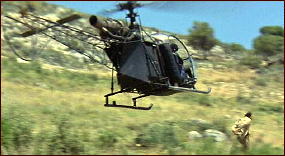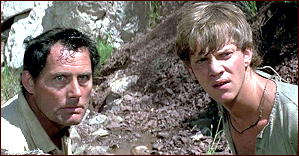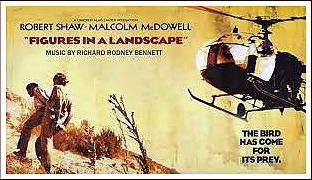Thu 9 Nov 2017
Reviewed by LJ Roberts: ANN CLEEVES – The Seagull.
Posted by Steve under Bibliographies, Lists & Checklists , Characters , ReviewsNo Comments
Reviews by L. J. Roberts
ANN CLEEVES – The Seagull. Inspector Vera Stanhope #8. Minotaur Books, US, hardcover, September 2017. First published by Macmillan, UK, hardcover, 2017.
First Sentence: The woman could see the full sweep of the bay despite the dark and the absence of street lights where she stood.
An old enemy of Insp. Vera Stanhope, John Bruce asks that she visit him in prison where she helped put him. He wants to cut a deal: information on the whereabouts of the body of Robbie Marshall, a long-missing hustler in exchange to Vera looking out for his daughter and grandchildren. There is a very personal element to this case for Vera as Bruce, Marshall, and a man known only as “the Prof,†were close friends of her father, Hector Stanhope, bringing back memories Vera would prefer remain buried.
Cleeves creates such a strong sense of emotion— “Sometimes it felt as if her whole life had been spent in the half-light; in her dreams, she was moonlit, neon-lit, or she floated through the first gleam of dawn,†—and place— “The funfair at Spanish City was closed for the day, and quiet. She could see the silhouettes of the rides, marked by string of coloured bulbs, gaudy in full sunlight, entrancing now.â€
Those who follow the BBC television series Vera and may be disappointed by the departure of some characters, it’s nice to see that her assistants Holly and Joe are still here in the books. The description of Vera’s team is done in terms of their relationships to Vera. What is lovely is her understanding of what drives them, each member’s strength and what motivates them. Vera and Joe’s visit to the mother of a missing man is a sad reminder of the pain through which families go without the closure of knowing what happened.
There is honest police work here. The investigation is conducted by legwork as well as technology; getting out and talking with people. The case is worked step-by-step, without flash.
Vera’s self-awareness is admirable— “then she thought she was making a drama of the situation. She always did.†Yet, to her— “…the law matters. All those little people you despise so much have to abide by it, and so do you. So do I.â€
The Seagull is such a good book. Beyond the excellent plot, what one really cares about is Vera and her team.
Rating: Excellent.
The Vera Stanhope series —
1. The Crow Trap (1999)
2. Telling Tales (2005)
3. Hidden Depths (2007)
4. Silent Voices (2011)
5. The Glass Room (2012)
6. Harbour Street (2014)
7. The Moth Catcher (2015)
8. The Seagull (2017)




